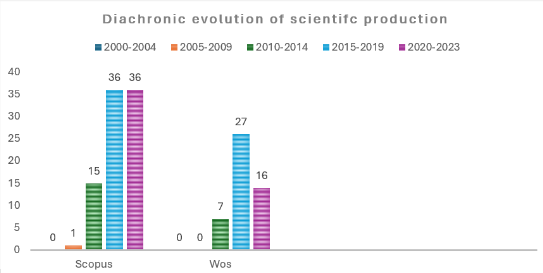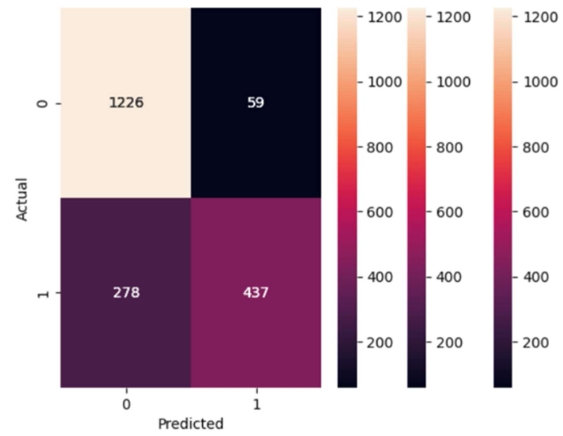“Stumbling blocks” in the translation of technical documentation
Abstract
The objective of this study is to clarify the notion of “technical documentation” and explore the challenges and strategies involved in translating this type of text. Technical documentation is crucial in helping customers understand how to use the product effectively that is why it should be well-structured, allowing users to find the information they need quickly and easily. Examples of technical writing include technical manuals, operating instructions, scientific books, monographs, academic papers and articles, and patent translations. However, several obstacles can impede the translation process, potentially resulting in inaccuracies or misunderstandings. Common translation difficulties include untranslatable words, multiple-word meanings, differences in grammatical and syntactic systems, technical and specialized terminology, and “false friends.” The process of translation of such texts is intricate, involving the transfer of information from one language to another while considering cultural, linguistic, and contextual factors. While translating technical texts, the translator may encounter various obstacles, such as linguistic challenges, source text issues, expertise gaps, and realia. Improving the effectiveness of translating technical documentation involves a combination of best translation practices. Effective communication and collaborative efforts are crucial elements for project success. It is also important for professional translators to be vigilant and use the right resources to avoid common pitfalls and deliver high-quality. By combining these strategies, you can enhance the efficiency and accuracy of translating technical documentation, ensuring that the information is effectively communicated to a global audience.
References
[1]Kade O. Communication Science Problems of Translation (German). Wissenschaftliche Buchgesellschaft; 1981. pp. 199-218.
[2]Reiss K, Vermeer HJ. Foundations of a General Theory of Translation (German). Tübingen; 1984. p. 148.
[3]Holz-Mänttäri J. Translational Action—Theoretically Sound Professional Profiles (German). Tübingen; 1986. pp. 348-374.
[4]Schmitt PA. Translation and technology (German). Stauffenburg Verlag, Tübingen; 1999. p. 56ff.
[5]Catford JCA. Linguistic Theory of Translation. An Essay in Applied Linguistics. Oxford University Press; 1965. p. 31.
[6]Carton AS. Inferencing: a process in using and learning language. In: Pimsleur P, Quinn T (editors). The Psychology of Second Language Learning. Cambridge University Press; 1971. pp. 45-58.
[7]Heribert W. Introduction to text indexing by combining and intelligent guessing (German). In: Neusprachliche Mitteilungen aus Wissenschaft und Praxis 37. Fachverband Moderne Fremdsprachen. Cornelsen Velhagen& Klasing GmbH& Co.; 1984. p. 28.
[8]Kroschewski A. “False friends” and “true friends”: A contribution to the classification of the phenomenon of interlingual heterogeneous reference and its ... Universitaires Européennes (German). Peter Lang GmbH, Internationaler Verlag der; 2000. p. 25.
[9]Stiefenhöfer H. Reading as an Action. Didactic-Methodical Considerations and Practical Teaching Experiments on Foreign Language Reading Skills. Beltz Verlag (German). Weinheim und Basel; 1986. pp. 90-91.
[10]Rickheit GH. Inferences: The basis of language comprehension (German). In: The Newer Languages. Journal for Research, Teaching and Contact Studies in the Field of Modern Foreign Languages (German). Diesterweg; 1990. p. 534.
[11]Law on the Provision of Products on the Market * (Product Safety Act - ProdSG) § 3 General requirements for the provision of products on the market (German). Available online: https://www.gesetze-im-internet.de/prodsg_2021/__3.html (accessed on 23 January 2024).
Copyright (c) 2024 Oksana Bielykh

This work is licensed under a Creative Commons Attribution 4.0 International License.









